Mailing List
Sign up for our mailing list to get latest updates and offers.
Jaipur, often referred to as the "Pink City" for its distinct pink-hued buildings, is a treasure trove of historical, architectural, and cultural wonders. Here’s a detailed look at some of the top attractions in Jaipur:
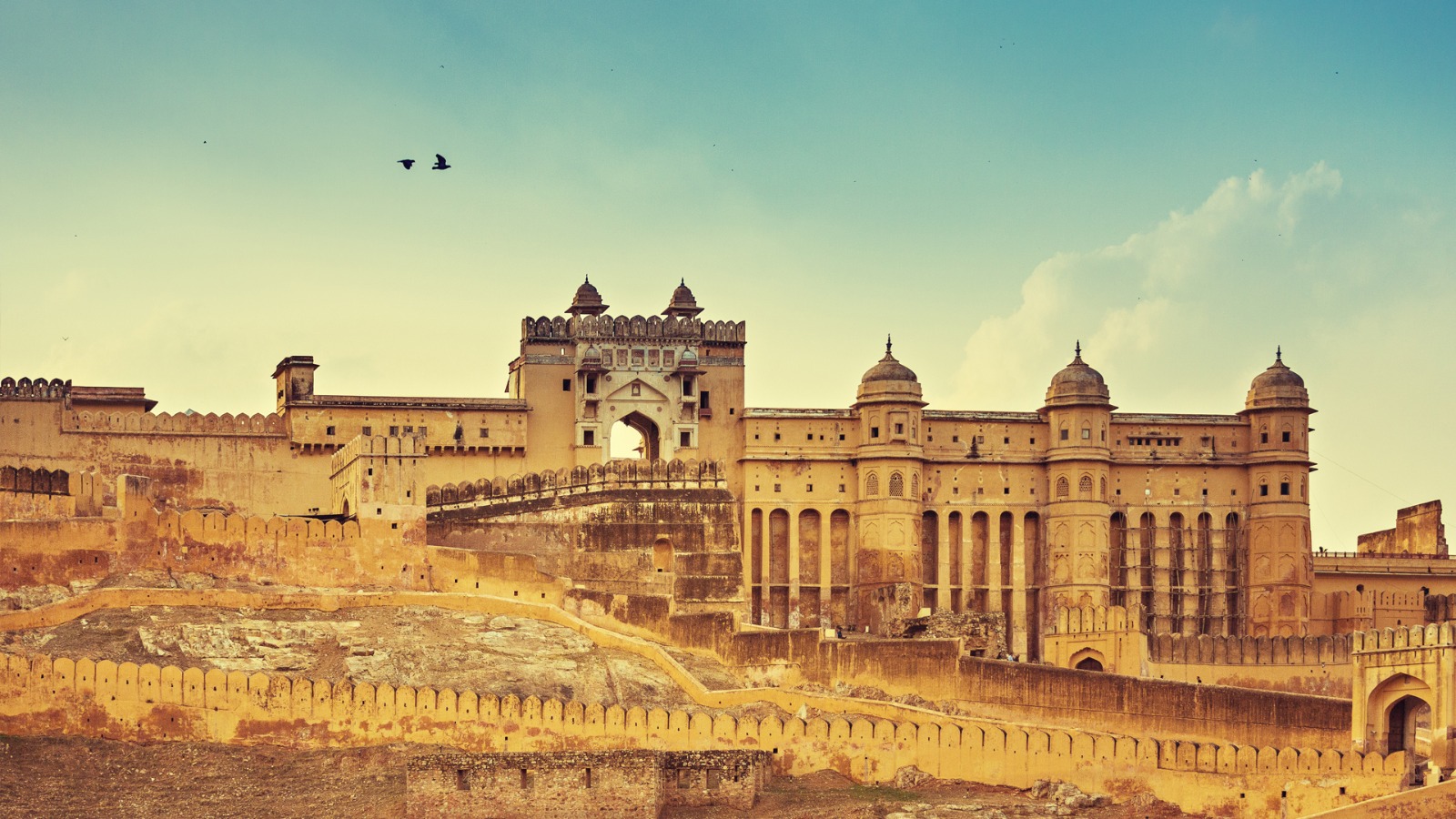
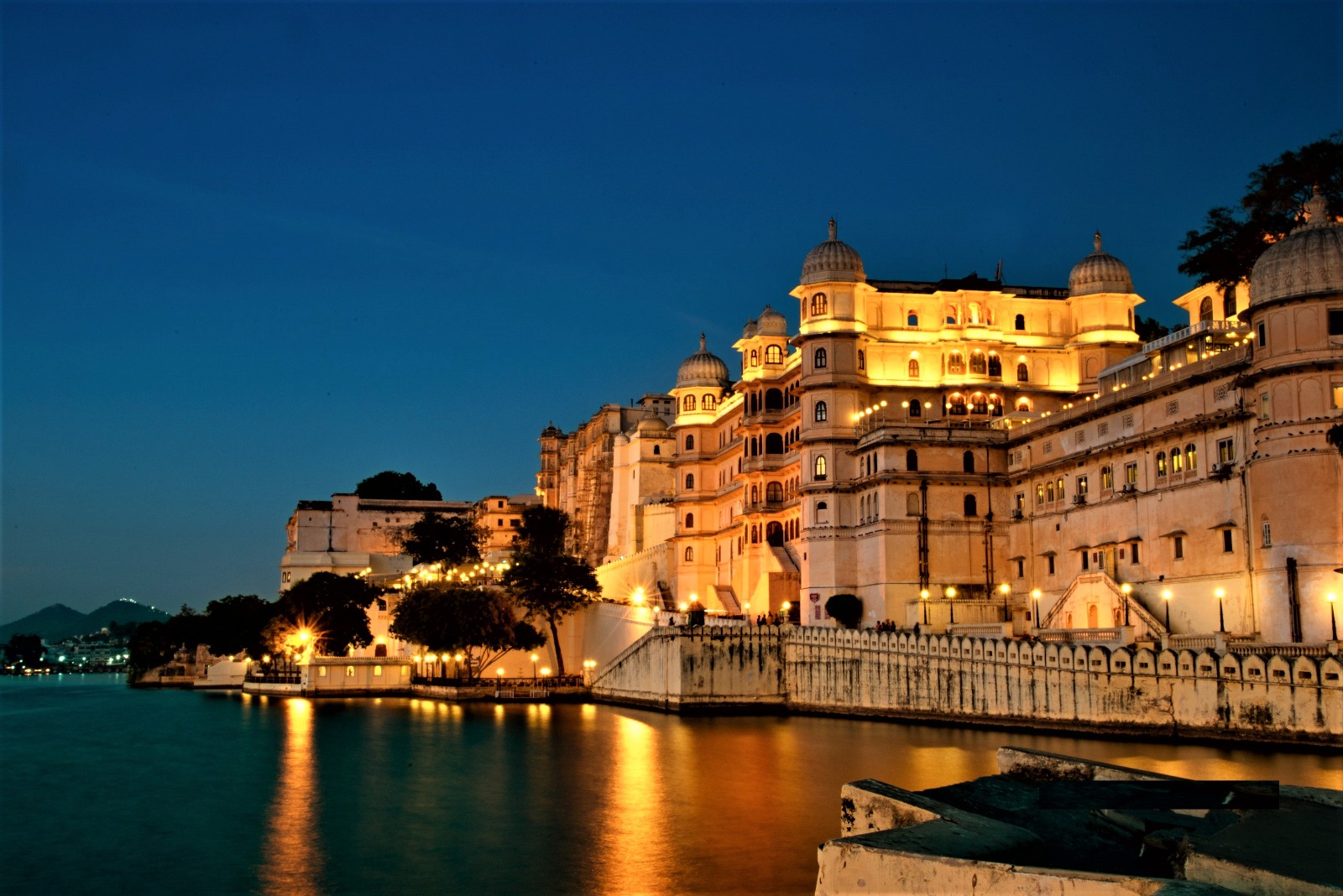
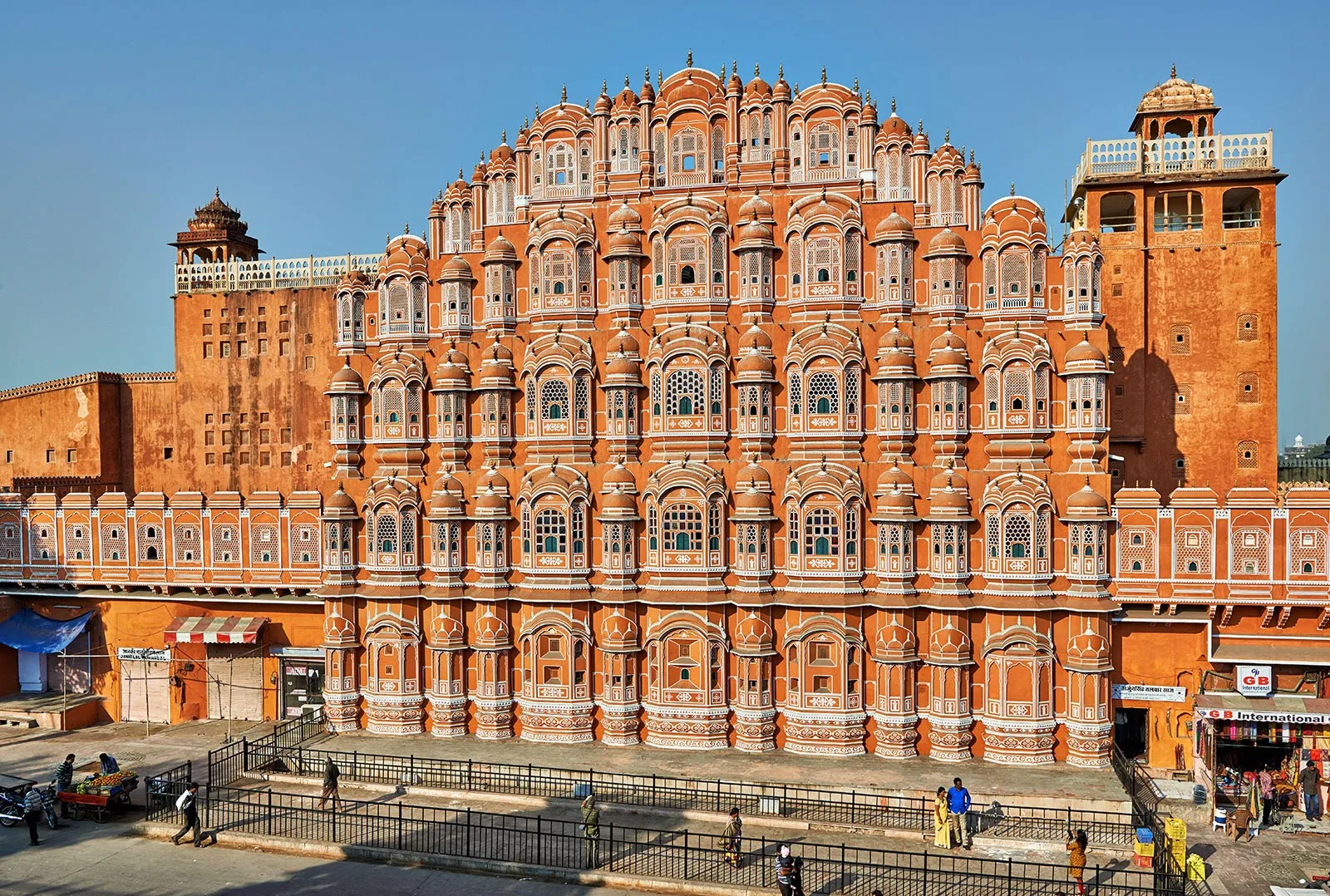
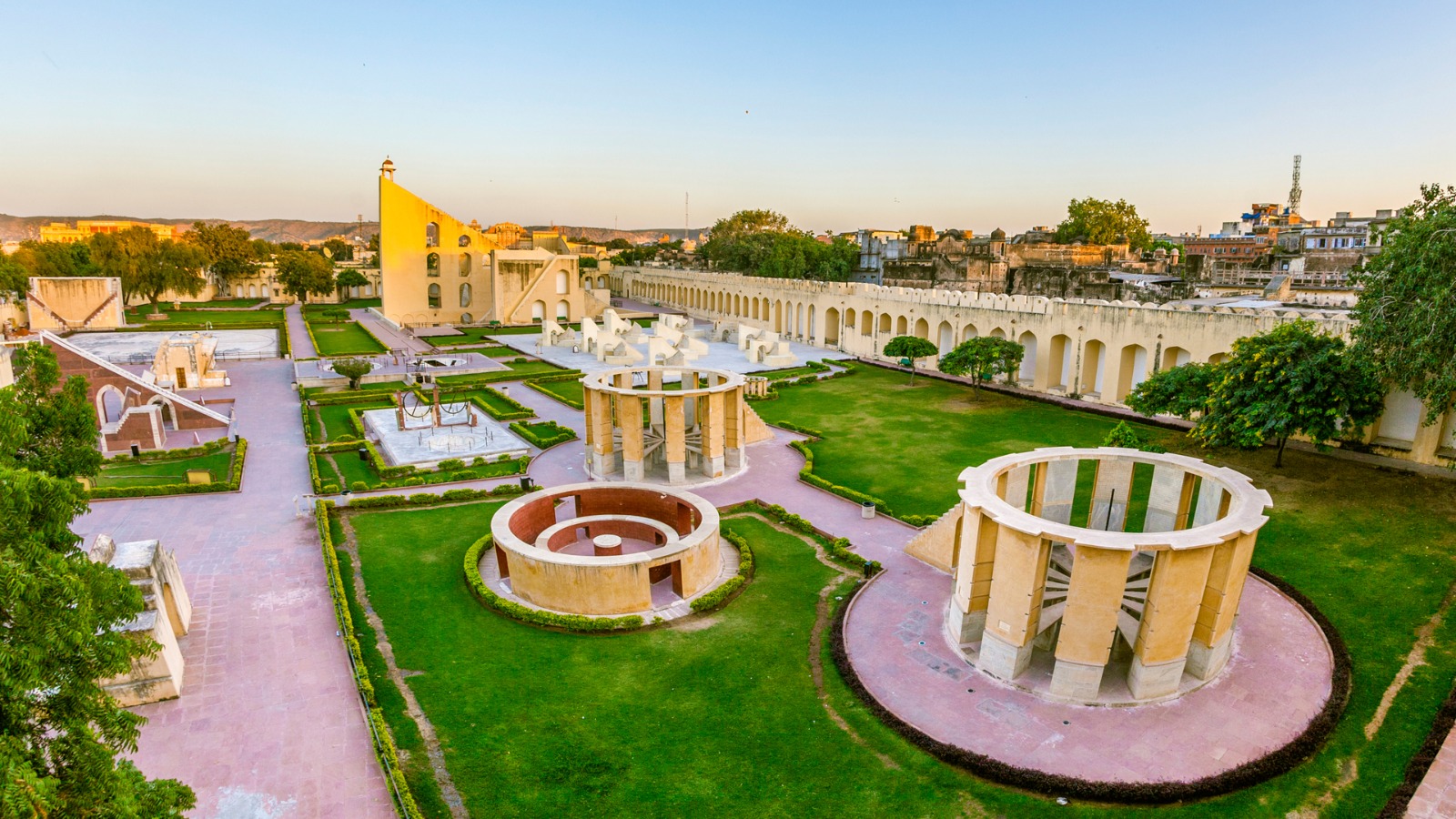
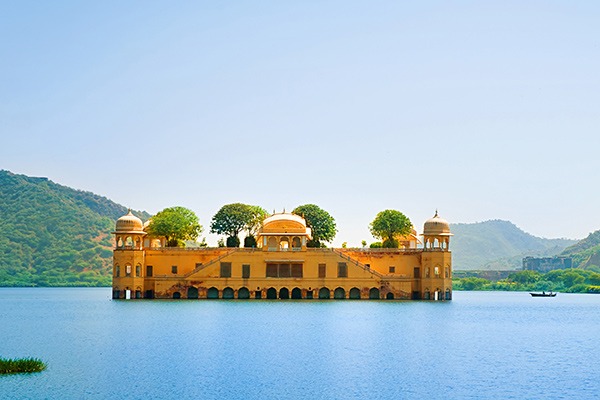
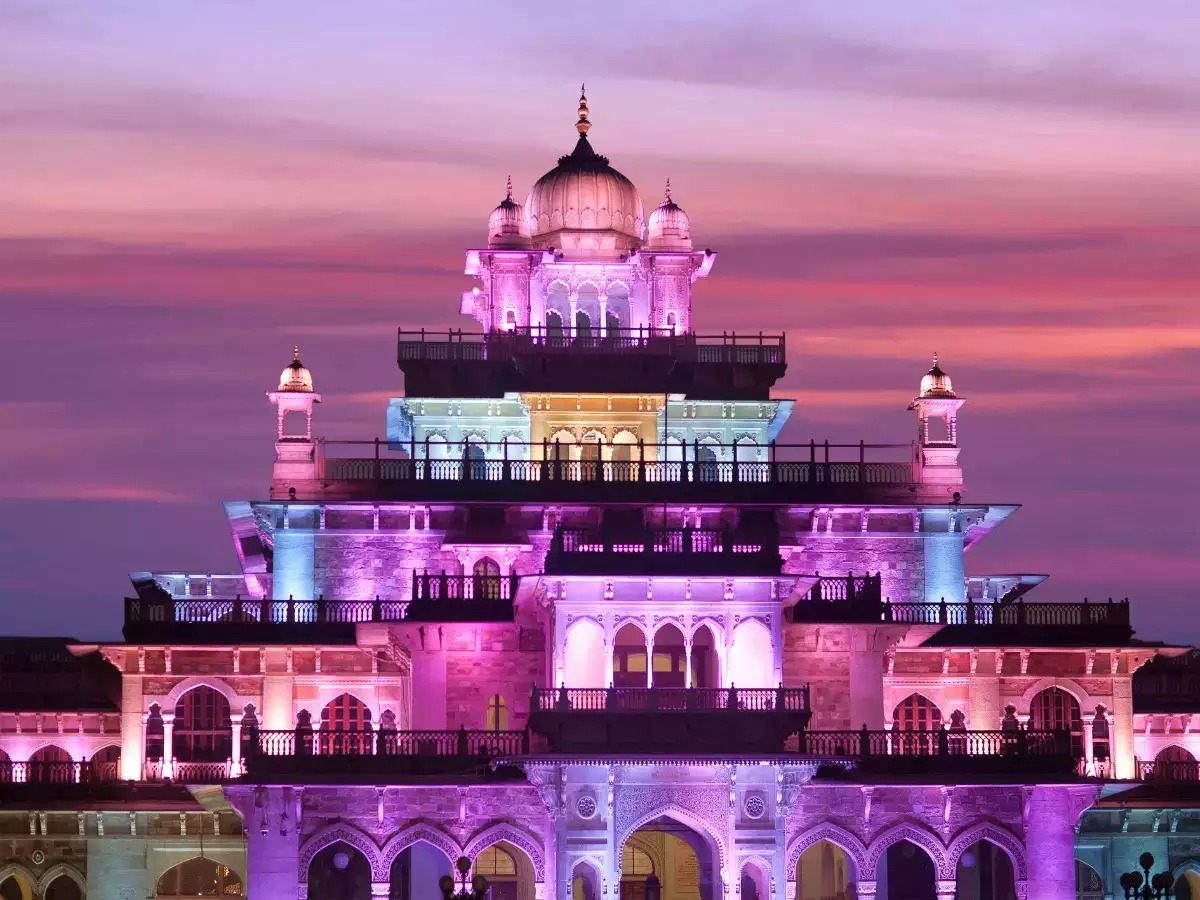
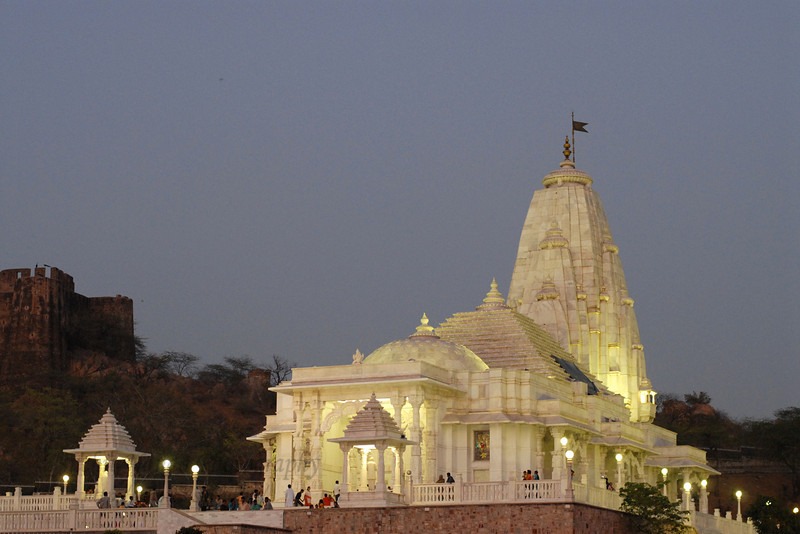
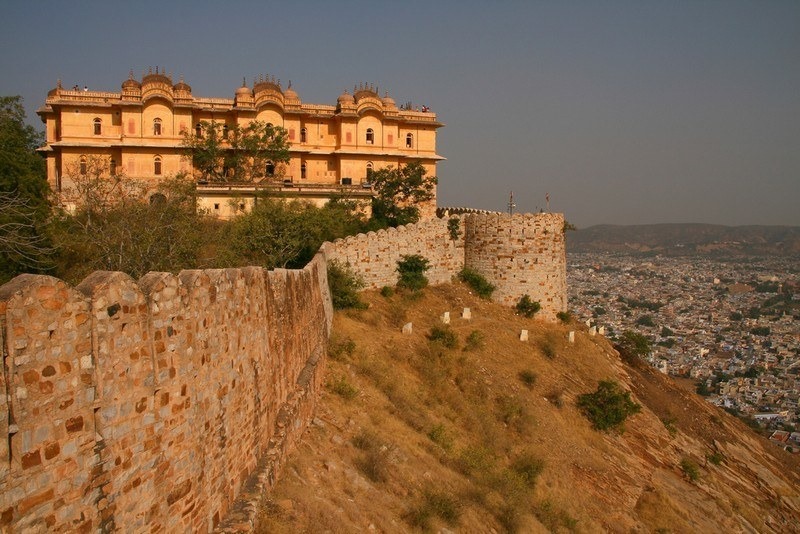
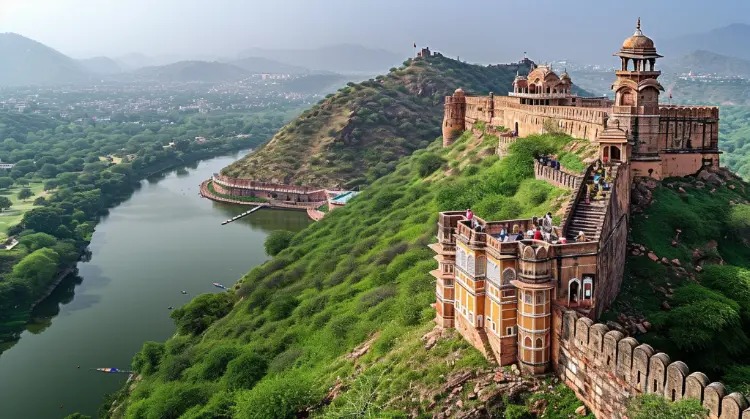
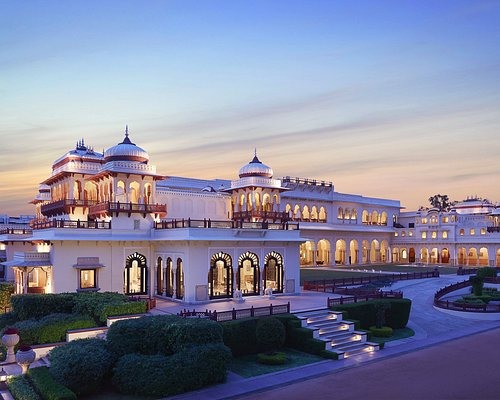
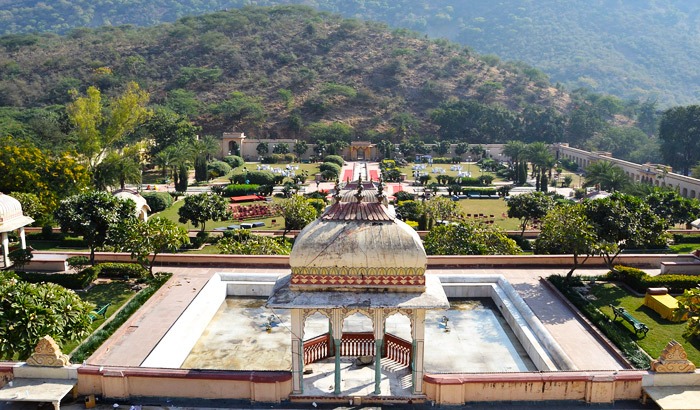
These attractions collectively showcase Jaipur’s rich heritage, architectural grandeur, and cultural vibrancy, making it a must-visit destination for anyone interested in exploring India's royal past.